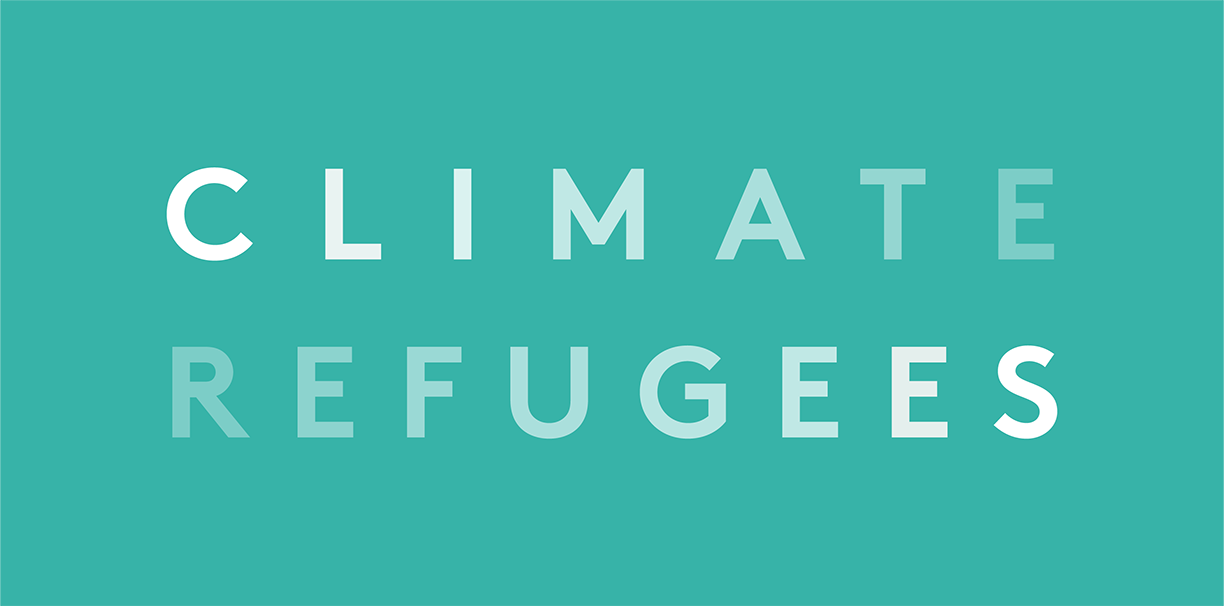“The era of global warming has ended; the era of global boiling has arrived,” said UN Secretary-General António Guterres in response to the record-breaking global temperatures the world witnessed throughout the summer. The World Meteorological Association (WMO) confirmed that July 2023 was the hottest month on record before announcing - just a few weeks later - that the entire summer was the hottest ever recorded. And several countries in South America just saw record September temperatures as the Southern Hemisphere emerges from winter. This extreme heat is no doubt driven in part by decades of excessive and unequal greenhouse gas emissions by countries in the Global North.
Extreme temperatures this year have caused heatwaves in North America, Asia and Europe, which have had major impacts on people’s health, the environment and economies. The impact of these record-breaking events has significant consequences on the health and lives of people on the move too, whether it be during perilous journeys to seek protection or while stuck in refugee camps with inadequate infrastructure.
For example, more than 100 people have died along the southwest border of the United States this year due to climate-induced heat domes. As individuals move without adequate food, water and protective clothing for days and months at a time, or are forced to wait for asylum appointments in northern Mexico, they are highly exposed to extreme heat and therefore at risk of dehydration and other heat-related health issues at the border. It is no surprise that border patrol officers have found tens of bodies throughout the summer near the U.S.-Mexico border, highlighting the gravity of the climate crisis and its impact on the most vulnerable communities.
Extreme heat is also a threat to those living in refugee camps around the world. Displaced people in camps in northwest Syria are made vulnerable to heat-related illnesses as they have no access to any cooling options in the settlements. One individual described the experience by saying, “We live as if we are inside an oven, struggling to breathe due to the heat inside the tent.”
Such scenarios are increasingly evident around the world. Recent research examining the 20 largest refugee settlements worldwide demonstrated how settlements in countries such as Kenya, Sudan and Bangladesh are highly exposed to extreme weather conditions, including slow onset events such as extreme heat.
As refugee settlements are often located in countries most vulnerable to climate variability, the research highlights how a high level of exposure to extreme weather events, in combination with limited abilities to cope and adapt as well as social and political exclusion, exacerbate the vulnerabilities of already-marginalized populations.
Importantly, this research demonstrates how the length of heatwaves in refugee settlement areas in various countries increased between 1981 and 2009, highlighting how communities are more and more exposed and made vulnerable to climate-related risks over time.
The impact of extreme weather events such as increasing temperatures is profound, as they severely affect the well-being and livelihood of people in refugee resettlements. In addition to weak infrastructure, limited job opportunities and inadequate housing, extreme weather events result in people in refugee settlements facing additional barriers to building sustainable livelihoods for themselves.
Whether it is people on the move or refugees stuck in settlements and camps, extreme weather events such as record-breaking temperatures have immense consequences on health and livelihoods of forcibly displaced people. These events, driven by disproportionate greenhouse gas emissions by the Global North, demand urgent attention from policymakers around the world.
The individuals facing the worst consequences have played no part in creating this climate crisis. Adequate protection must be provided to individuals made vulnerable and exposed to climate hazards such as extreme temperatures, including by introducing mobility pathways for affected communities and providing funding to countries for the losses and damages caused by climate change in order to develop adequate infrastructure and help build livelihoods for refugees, displaced persons and migrants worldwide.

